MedievalReporter.com
Covering history's most marvelous millennium
Join our newsletter!

Covering history's most marvelous millennium
Covering history's most marvelous millennium
The Teutonic Order was a Catholic military order that built a state of great renown in Eastern Europe. Officially, its aim was to convert the pagans in the area (Lithuanians, Prussians, and so on). But the Order converted “by the sword” as well: it accrued a lot of territory by warring with these peoples.
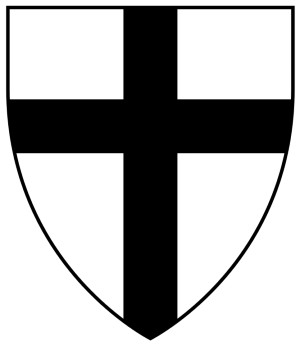
Its members went by many names in various cultures:
Twice outlawed (by Napoleon in 1809 and by Hitler in 1938), the Order still exists as a purely religious charitable organization. Its coat of arms has been an inspiration for the Prussian Iron Cross and the logo of the federal army of modern Germany. The Teutonic Order’s motto was Helfen, Wehren, Heilen (“Help, Defend, Heal”).
This is a short intro from our Medieval Guidebook. Dive deeper into the subject by reading our articles about it.
The Teutonic Order began as a branch of the Hospitaller Knights that specialized in looking after injured Germans in the Crusader States. After the fall of Jerusalem to Saladin, the kingdom reorganized around Acre. It was there, in 1192 CE, that the Teutonic Order formally started as its own organization, officially recognized by the pope. Additionally, before the end of the century, they remodeled themselves after that other famous monastic order – the Templars – and became a military organization. Enjoying a stellar rise, the fourth Teutonic Grand Master already became an official Fürst (prince) of the Holy Roman Empire.
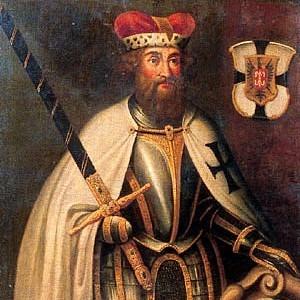
The Order acquired a lot of territory in the Holy Land, even after the fall of Jerusalem. But they never became as influential as their brethren competitors, the Templars and the Hospitallers. Therefore, the Teutonic Order quickly started looking for territory elsewhere. Already in 1211, the Teutonic Knights accepted the burden of protecting the eastern border of the Magyar king (Hungary). They built many castles to defend the area against raids by the Cumans and thus accrued a lot of power and influence.
This way, the Teutonic Order grew into a separate state within the Kingdom of Hungary. The Magyar nobility consequently grew highly envious and suspicious of their motives, pressuring their king to expel the Order. This he did in 1225. The Teutonic Knights simply packed up and left, exposing the Magyar east which soon fell prey to Cuman raids once again. But the Order was not finished: it had made a name for itself and was soon invited by a Polish duke to protect his eastern border.
Thus the Teutonic Order settled down in the Baltic, where it would stay for centuries.
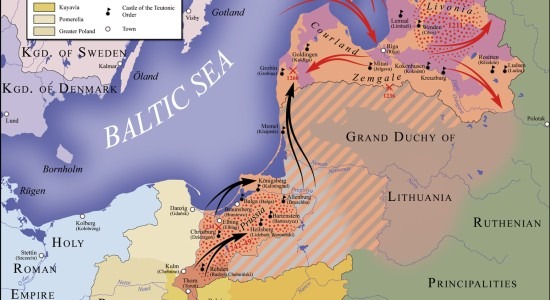
At the time, the northeast of modern Poland was already embroiled in the so-called Prussian Crusade. With the muslims on the counter-attack in the Middle East, Christianity started looking for other theatres of war to carry on the crusading spirit. The pagan Prussian and Baltic tribes were perfect targets. The Teutonic Knights promptly joined the conflict in 1226. Over the next fifty years, they conquered and converted the Prussians, Samogitians, Semigallians, and so on.
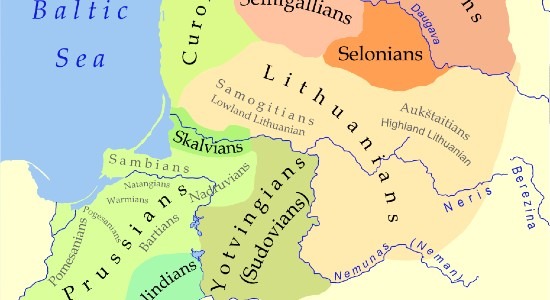
The long and brutal crusade was accomplished with much bloodshed. Those who didn’t want to be baptized were killed or exiled. The fighting itself was ferocious too, with a – probably biased – Teutonic source stating that the Prussians liked to cook captured Knights alive in their armor. A more objective testament to the cruelty of the campaign was the fact that the Teutonic Order established a monastic state in the region that completely eradicated the Prussian language, culture and religion.
Additionally, the Knights merged with the Livonian Order, or “Brothers of the Sword”, who had already built up a mighty state in current-day Latvia and Estonia. This continued aggrandizement of Teuton lands brought the Order into conflict with other powers. Attempts by the (Catholic) Teutonic Knights to expand into (Orthodox) Rus’ territory were halted by a disastrous defeat – the famous “Battle on the Ice” – against Alexander Nevsky of the powerful Republic of Novgorod. With the Order in disarray, rebellions sprung up across Prussia and Livonia. With great trouble and bloodshed, the Teutonic Knights put them down – acquiring the Duchy of Estonia from Denmark in the process.
The Order held on to its state until 1525, but decline set in from 1410 onwards – not in the least through war with its original inviters, the Polish.
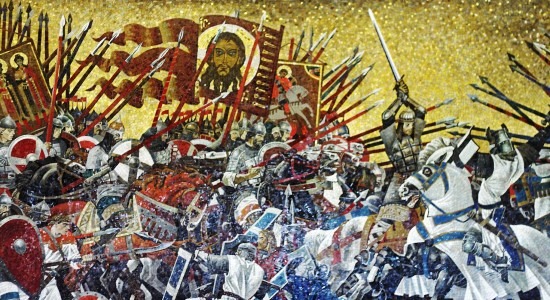
– advertisement –
– article continues below –
Joining the Teutonic Order was rather easy for German speakers. Because losses were great on this eastern front of Latin Christianity, the Teutonic Knights needed a constant flow of fresh recruits. They explicitly encouraged immigration, especially Germans, Flemish and Dutch coming from the Holy Roman Empire. During the fourteenth century, the Order enlisted an ever-greater number of knights and men-at-arms, as it geared up for its great war against Poland and Lithuania. At the time, the pagan Grand Duchy of Lithuania and the christian Kingdom of Poland – it had transcended ducal status in 1300 – cooperated to get rid of this parasitical and genocidal state to their north.
The conflict lasted for over 200 years and was, once again, savage. Both sides committed grave atrocities, with the Lithuanians going as far as conducting human sacrifices. Militarily, the Teutonic Order enjoyed a couple of great victories over the Grand Duchy of Lithuania. But, in an atmosphere of overzealous arrogance, the Teutonic Knights illegally “took over” the important Polish port of Gdańsk (called Danzig by the Teutons), massacring the local population. This turned the Polish king, a fellow Catholic, into just as staunch an opponent of the Order as the pagan Lithuanian grand duke.
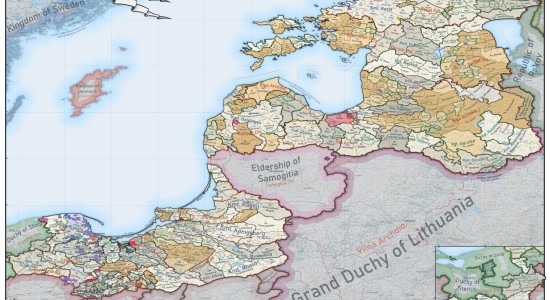
Although the Holy Roman Emperor formally granted the Teutonic Knights the right to conquer “all of Russia” in 1337, the tide was now turning against them. The Lithuanian grand duke converted to Christianity in 1386 and married the Polish queen. An impressive power bloc was thus growing to the Order’s south, threatening its survival. In 1410, the Polish-Lithuanian army inflicted a crushing defeat upon the Teutons, killing 50 out of 60 of its highest knights. During the rest of the 15th century, the Teutonic Order started hemorrhaging territory: infighting broke out between its German “tribes” (Saxons, Austrians, Bavarians, Rhinelanders, etc), and – of course – the Prussians rebelled again, greatly devastating the Order’s territory.
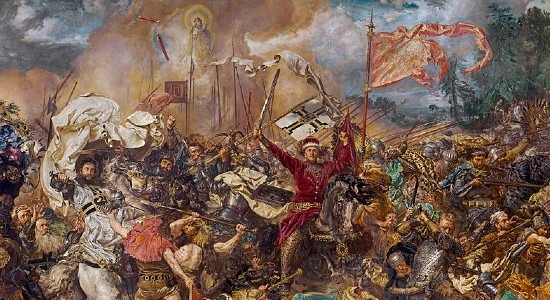
Already in 1466, the Teutonic Knights had to cede Western Prussia to the Polish king, which then became known as Royal Prussia. After a final Polish-Teutonic war, the Order’s last Grand Master took a complex and momentous decision in 1525. He converted to Lutheranism and secularized the Order’s last territory (East Prussia). On top of that, he formally paid homage to the Polish king, becoming an official duke of the kingdom. To distinguish it from Royal Prussia (which was directly under the Polish Crown), his territory became known as Ducal Prussia.
During the Modern Era, the Order concentrated on the – still vast – territories it held within the Holy Roman Empire. Its members assisted many emperors, not in the least in their wars against the Ottoman Turks. In 1809, Napoleon Bonaparte divided the Teutonic Order’s holdings amongst his German allies. However, the institution survives to this day as a charitable organization, with roughly 300 members tending to the ill and aged – just like in 12th-century Jerusalem and Acre.
If you’re an individual of “good standing”, you can still join the Order by contacting its 66th (!) Grand Master.
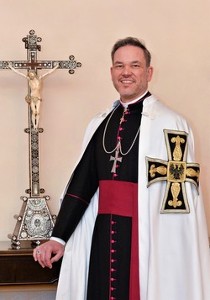
Disclosure: we work hard to provide you with exclusive medieval reports and guides. To make the Middle Ages accessible to everybody, we’d like this information to remain FREE. Therefore, some of the links below are affiliate links, meaning – at no additional cost to you – we will earn a small compensation if you click through.
Grab short intros on other military matters from our Medieval Guidebook.